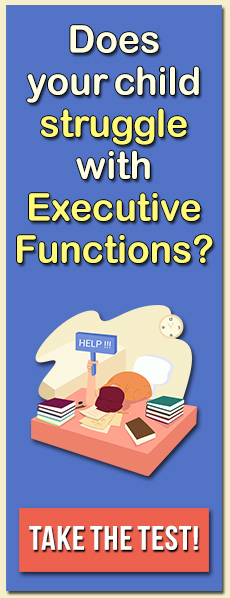Determining the best strategies when using video games, apps, and digital media for children with autism is a difficult challenge for many parents. Many studies have demonstrated that games and apps can be a tremendous asset in improving the communication, social, problem-solving, and academic skills for children with autism. At the same time, a recent report by Mazurek raised concerns about the excessive use of games and other digital media for these children. Negative effects such as oppositionalism, inattention, and addictive-like behavior were found to be related to, although not necessarily caused by, higher levels of video-game involvement and playing specific types (genres) of games. Given the incredible potential for these technologies, strategies for autism that use games, apps, and technology are necessary to help many of these children. Parents and educators need to know how to identify the best apps, games, and non-technological activities and have strategies for applying them to these children.
As a child clinical psychologist with more than 25 years of experience working with children affected by autism, I have seen my share of children who can be overly immersed in their video game play, become oppositional when their parents tell them it is time to stop, or want to talk about only their favorite game. While there may be the rare child with autism for whom the total elimination of any video games from their lives is necessary, most of the parents with whom I work are more apt to comment on how technology helps their children with autism improve face-to-face and distant communication skills, provides them with shared interests with their peers, is a source of genuine self-esteem, and can provide a respite from stress.
Recognition of the potential risks of game and app play for children with autism is crucial, but it is also important to see how using games, apps, and technology can be integrated into a child’s life. While strategies for autism vary based on the unique characteristics of an individual child, a combination of tools that involves one-on-one teaching, social and physical activities, and the use of digital media is clearly the best approach. In today’s world, combining traditional strategies such as social-skills training, applied behavioral analysis, and generalization training with digital tools is very effective in helping children with autism spectrum disorder.
Some Simple Strategies for Autism and Video Game Use:
1. Set appropriate and effective limits to certain types of games and digital media.
2. Find, encourage, and expect alternative play interests such as regular physical activity, reading, engaging in a popular hobby, or involvement in a social organization.
3. Find and encourage alternative video game and digital media interests that can engage your child and may be helpful in addressing the difficulties of ASD and ADHD.
This post is part of an ongoing series that explores the intersection of digital media and autism. These strategies will be added to, expanded upon and discussed throughout the week, so stay tuned!





